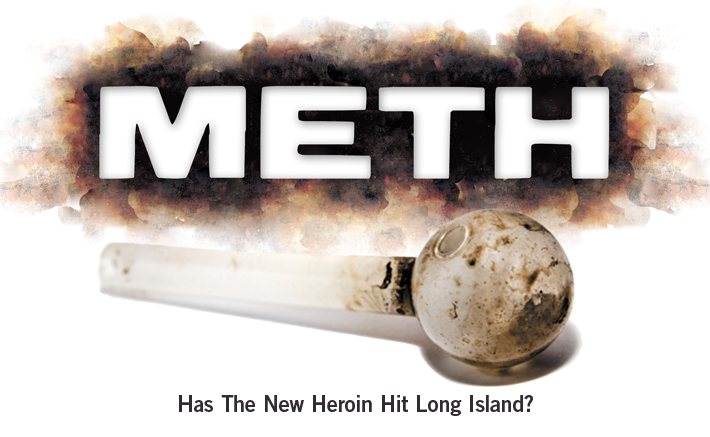

Well-known by New Yorkers as one of the last places to get cheap gas in Jersey, the Vince Lombardi Service Area off the New Jersey Turnpike is a popular stop for Giants fans and concertgoers headed back to Long Island from the Meadowlands Arena just down the road. But last Fourth of July weekend, outside the lines at the food court and the gas pumps, it was the last stop on a 1,700-mile journey that began in Mexico for 700,000 bags of methamphetamine headed straight for the streets of New York City.
Instead of simply crossing the border into California, where there is a huge and profitable market for meth already established, drug traffickers moved the drugs via a complex network of truck drivers carrying loads of bulldozer parts across the border, through multiple states and into the hands of New York-based reputed drug trafficker, 61-year-old Jose Mauro Mota, who was waiting in the New Jersey parking lot for an unassuming black suitcase with contents worth $10 million.
In the past, LI seemed worlds away from the meth-ravaged towns of the Midwest. Not only are these areas thousands of miles away, but they are isolated within miles of empty land, perfect for producing a drug that gives off strong chemical odors. That is, if the drug needs to be produced at all. With booming super labs—where meth is produced in bulk—located just over the Mexican border, the ready-made drug is readily available in large quantities, and therefore cheaper than heroin, cocaine and prescription drugs, the drugs of choice in wealthier areas like Long Island.
But at this popular family rest stop, just 20 miles away from Nassau County, a record-breaking 51 pounds of meth—five times the amount seized in the New York area in all of 2010, according to the Office of the Special Narcotics Prosecutor—was intercepted by DEA agents, who said it was “remarkably pure” at levels higher than 90 percent, a purity level rarely seen in the drug market, especially on the East Coast.
“Methamphetamine is not historically a drug of choice in the New York area,” DEA Special Agent in Charge John Gilbride said in a statement following the bust. “[This case] shows the influence drug traffickers based in Mexico are having in the New York area, where they are bringing in methamphetamine and trying to create a market for that methamphetamine.”
Meth is a threat that has so far remained distant from the Island. A “poor man’s cocaine” made from common household items, typically on farms and in cabins in the woods—meth has made few headlines in the Northeast, until recently, when these homemade labs began popping up on familiar ground.
In 1999, only two meth labs were reported in New York, both of them upstate, according to the DEA. In 2010, that number jumped to 31 and included labs in dense residential areas of New York City and Long Island.
And as Nassau and Suffolk counties are in the midst of dealing with a heroin and prescription drug crisis, meth has become an easier sell than ever before. For the first time in the New York area drug market, meth is a cheaper buy than heroin. One hit can cost as low as $5. It’s considered a stronger alternative to other drugs and is becoming more available where it never had been before. And because meth can be made at home, eliminating dealers and public transactions, its use generally eludes an increasingly watchful public eye.
“Our picture of the heroin user had once been a long-term chronic user hanging out on the Lower East Side with a needle in his arm, and the drug trade found a way to get young people to sell this, to freshen up the image,” says Jeffrey Reynolds, executive director of the Long Island Council on Alcoholism and Drug Dependence (LICADD), a pioneer not-for-profit agency that helps individuals and families prevent and recover from addiction. “Heroin gained increased acceptability, and you wound up with a whole bunch of addicted kids on Long Island who, in order to finance their habit, turned their friends on to it, and then applied all the power of social networking. The dealer was not a guy in an Escalade, it was the kid on the cul-de-sac, and we should learn from that because the same thing could happen with meth. I look at this beginning to pop on the horizon, and I hope it’s not the same thing, but I feel like the stars are aligned for this to happen.”
And now, for the first time, news headlines reporting on the national meth epidemic not only include far-off places like Missoula, Mont., and Searcy, Ark., but upscale, suburban communities—like East Hampton.




